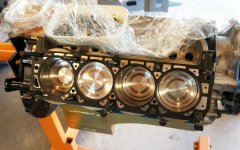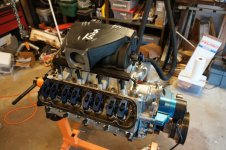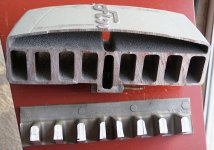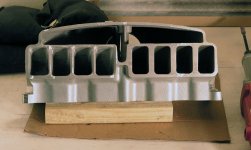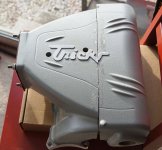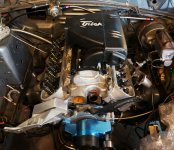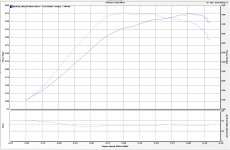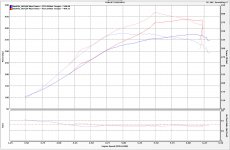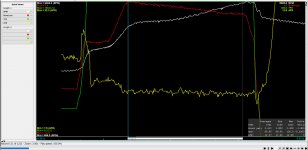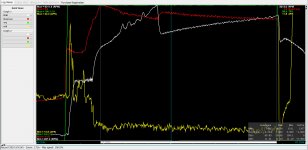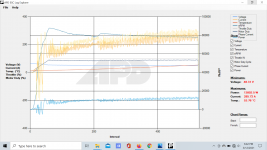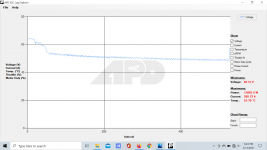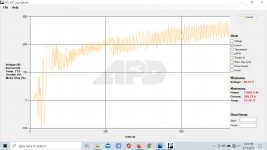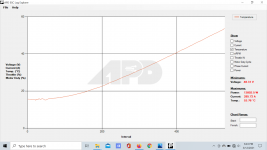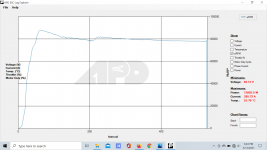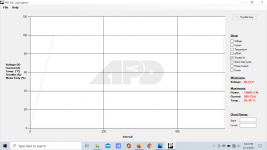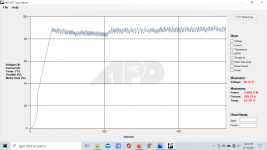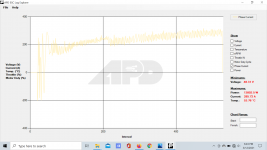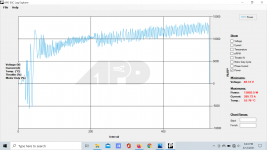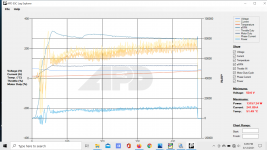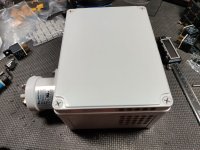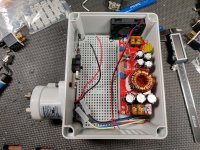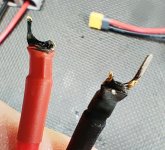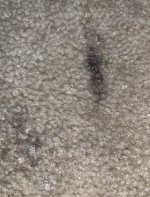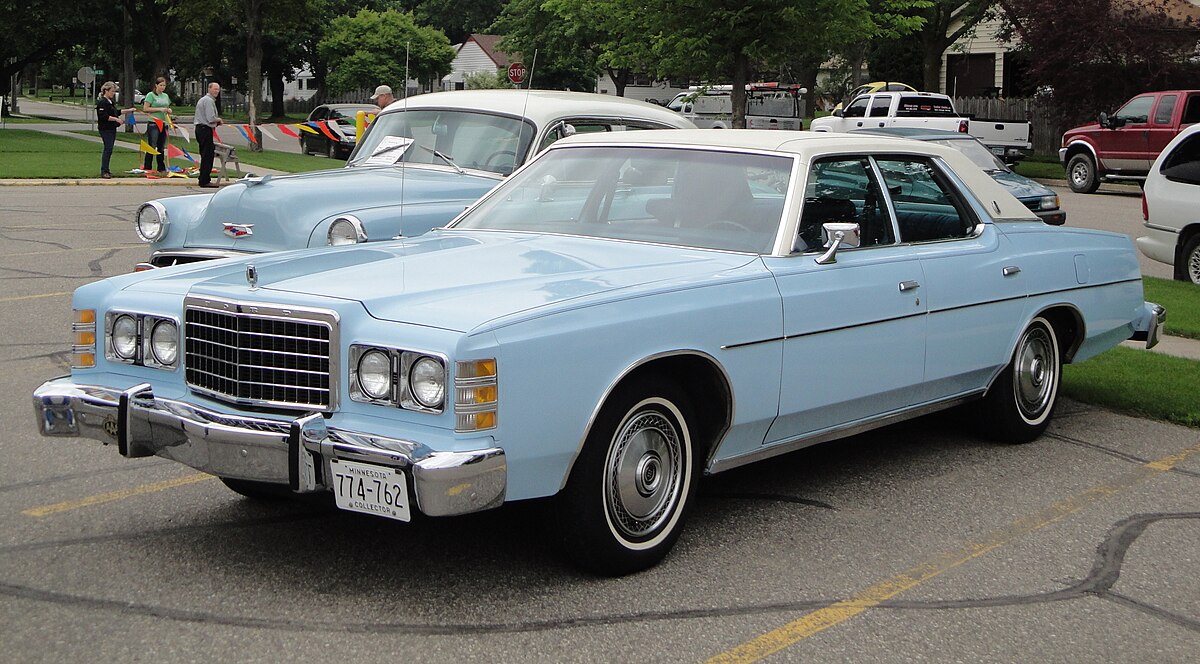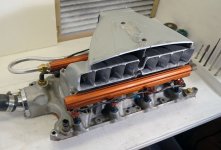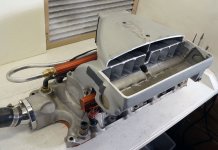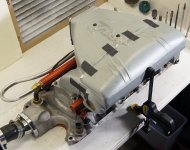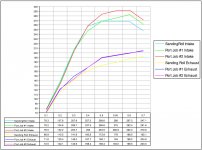Bill Murray from The Life Aquatic With Steve Zissou: "Let me tell you about my boat." This car is a 1984 LTD LTX. I had an '85 LTD LX I bought in college for $1,200; but a few years later, some body filler on the rear quarter fell off, and that's when I discovered the '85 was pieced together from 2 different cars (must've been a serious wreck when it was still relatively new). So I found this '84 LTD LX for $400, being sold by a guy's girlfriend who was going to jail for coke possession. When I dropped the money off with the girlfriend (who was a bartender in a VFW place), she actually said to me, "Thank god it's not going to one of them coloreds." Wow. I mean, wow. And she wasn't old or anything. It was just so weird. I feel like it's a "rescue" - like an abused dog. It ran and drove, but sucked about 2 gallons of coolant driving 15 miles. And the engine bay looked like a red clay factory exploded inside of it. I still find bits of that stuff all these years later.
Anyway, while they made zillions of these cars (both Ford and Mercury models) with V6s, they only made 3,260 of them with a 5.0 H.O. engine. This is one of them. This article has better background on these cars:
https://www.hemmings.com/stories/article/the-other-lx-ford-ltd
This thing has been my test bed for all sorts of wacky stuff. First "serious" mod was mounting two CFI throttle bodies on an Edelbrock F28 dual 4bbl manifold. All kinds of trickery was needed to get it to work with the stock computer (no way to tune it back then).
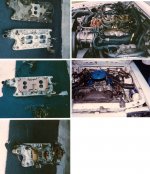
Then came the Haltech F9A fuel injection computer. Then I tried building my own multi-spark ignition from scratch.... and so it spiraled.
The first forced induction setup was an Eaton M90 that I mounted to it back in the late '90s. I ran with that thing for about 6-7 years, even placed 3rd in a Muscle Mustangs & Fast Fords "Two Tons Of Ford Fun" shootout. Here's the article:
https://www.motortrend.com/events/0410mm-ford-muscle-car-comparison/ Scroll down to the 3rd place winner.
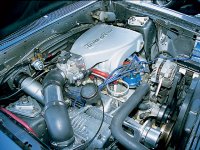
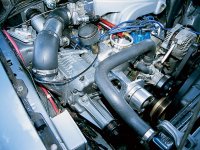
Then next was a modified Jaguar Eaton M112 blower which pushed it into the 10's; after that came the Whipple setup which got it into the 9's on pump gas:
I went a bit nuts on that setup and even built my own A/W intercooler core - I needed a core where air could flow lengthwise and across at the same time:
It worked really well; it could melt 15 lbs of ice in a 9 second pass. The pump turned on during the burnout and shut off at the timing shack.
I even ended up built my own belt tensioner using ball bearings, a porch swing spring and a Hyabusa steering damper filled with 50 weight oil:
Now on to the question at hand. It started out with a 302 (5.0) flat tappet engine making a whopping 175 hp. I dropped two more .030 over 302s over the years (.030 302 = 306 ci). Driving back from the track one night after 9 consecutive mid 10 second passes with the Jaguar M112 Eaton blower on it, I noticed oil pressure would drop when I'd give it gas on the highway. 8.2 deck small block Fords are known for splitting down the middle at the 550hp level. If it hadn't been for the intake manifold and especially the stud girdle I put in, I would've had to go home in a tow truck and had two four cylinders to show for my efforts:
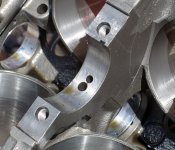
I'm going to skip over the part where I wasted a $5,500 Dart shortblock in 4 passes. That hurts my soul too much to talk about.
The current engine is an 8.2" deck Dart Iron Eagle Sportsman block (between an SHP and Iron Eagle) that should easily be able to hold 1,400 hp. It's got 4.135" bore, 3.25" stroke for 365ci displacement; dished & forged J&E pistons (for all wacky forced induction stuff I come up with) yielding 8.8:1 compression, Trick Flow Twisted wedge heads ported by yours truly (going from 170cc runners to 185cc runners by hand is something I'll never do again; never mind paying for three trips to the flow bench), and what started out as a Trick Flow Street intake manifold that I carved over 11lbs of aluminum out of (the wasted $5,500 Dart block taught me why you should not use 5L sized parts on a 6L engine), a 100mm throttle body and 1 3/4" Kooks long tube headers all controlled by a Megasquirt MS3x with a custom Cherry crank trigger.
